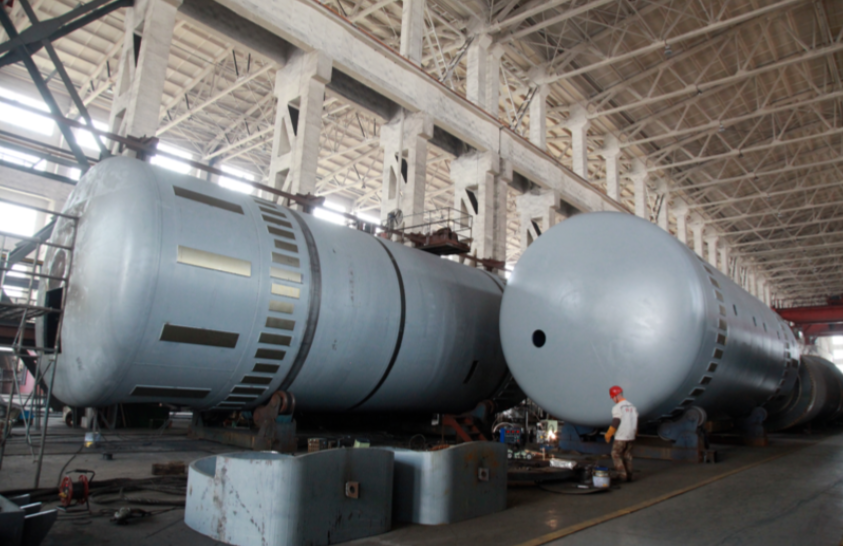NEWS&EVENTS
The anode furnace plays a crucial role in the complex process of pyrometallurgical copper smelting. It is the key equipment for purifying blister copper or high-grade scrap copper into anode copper that meets the requirements of the electrolytic process. Its performance directly determines the purity and quality of the resulting cathode copper.
The core function of the anode furnace is deep refining. While the purity of the crude copper produced after refining in the converter is significantly increased, it still contains small amounts of impurities that are detrimental to conductivity, such as sulfur, oxygen, and certain trace metals. The anode furnace's task is to effectively remove these residual impurities by creating a specific high-temperature physical and chemical environment. Its operating principle primarily utilizes high-temperature oxidation-reduction reactions. During operation, oxygen is injected into the molten copper through specialized oxygen nozzles, further raising the furnace temperature while oxidizing impurities (especially sulfur) into gases (such as sulfur dioxide) or slag, which are then separated. Subsequently, excess dissolved oxygen is removed through methods such as "wood plug reduction" or the injection of reducing agents such as natural gas, ultimately resulting in anode plates with uniform composition, a dense and flat surface, and meeting electrolysis standards.

Due to the extremely high temperatures encountered during the refining process, the thermal insulation performance of the anode furnace is crucial. The interior of the furnace is typically constructed with high-performance refractory bricks, but the gaps between the bricks are a major vulnerability for heat loss. To address this issue, modern smelting processes apply a specialized high-temperature, thermally insulating coating to the interior of the furnace walls after the brickwork is completed. This coating effectively fills the gaps, forming a continuous, integrated thermal barrier that significantly reduces heat loss, thereby improving energy efficiency and ensuring stable furnace temperatures.
In a smelter's layout, the rotary anode furnace is typically placed immediately after the converter, creating a seamless process connection. Its raw material, primarily liquid blister copper from the converter, allows for "hot charge" and maximizes waste heat from the previous process, saving significant remelting energy and embodying modern metallurgy's pursuit of energy efficiency.
In summary, while the anode furnace isn't the largest piece of equipment in the smelting process, it's the core link in the transformation of blister copper into refined copper. With its precise temperature control and refining technology, it produces the qualified "template"—the anode copper—for subsequent electrolytic refining, serving as a crucial link in the entire copper smelting chain.